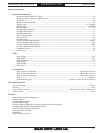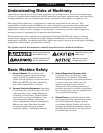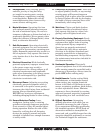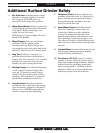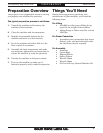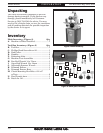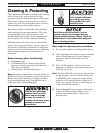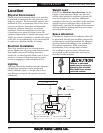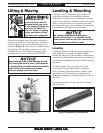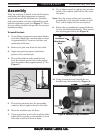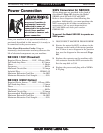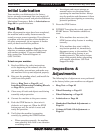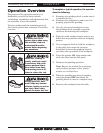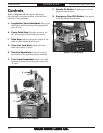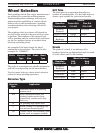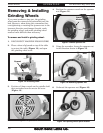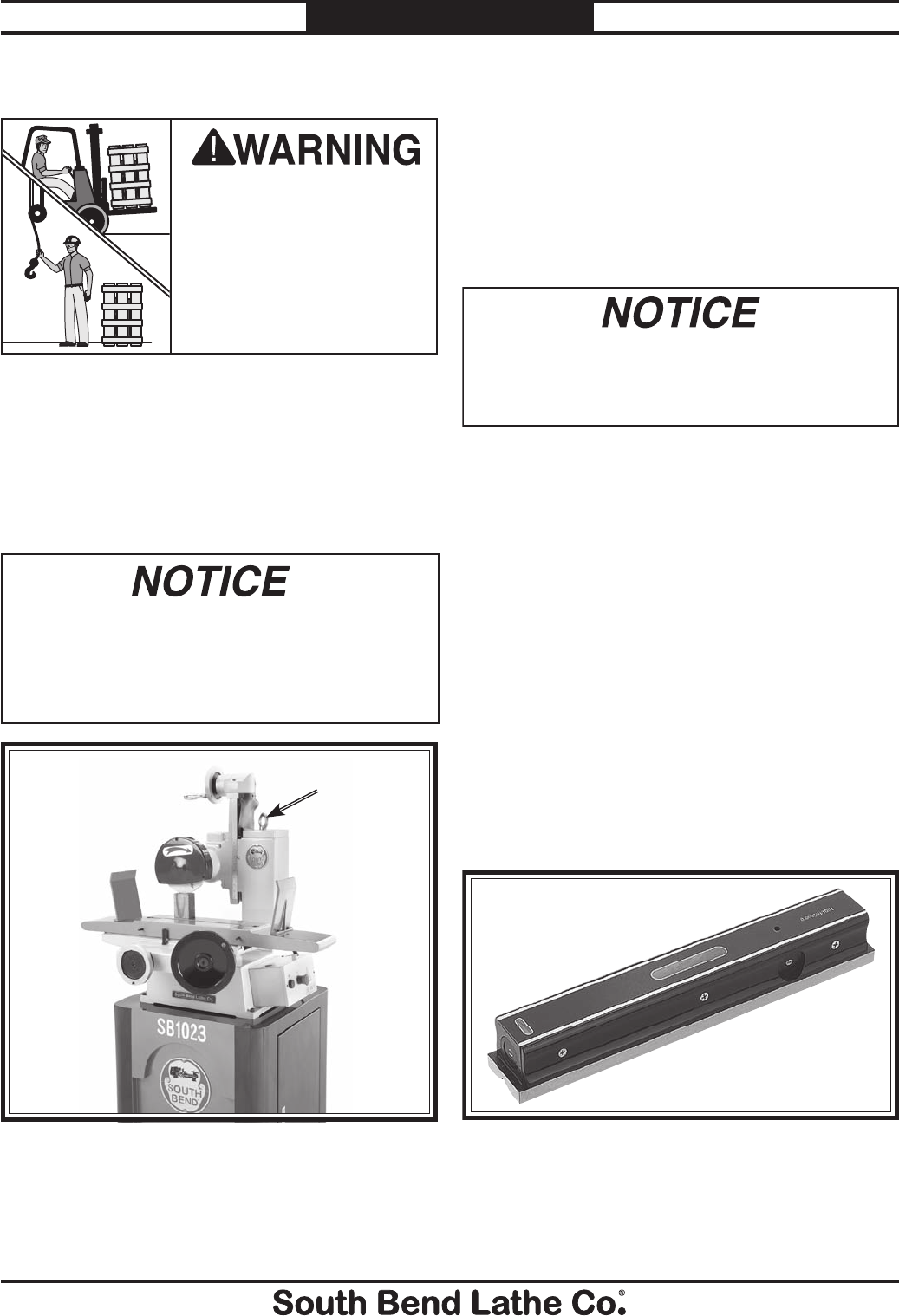
For Machines Mfg. Since 8/09 Model SB1023
-13-
PREPARATION
Lifting & Moving
Unbolt the machine from the pallet and make
sure that the table is locked in place. Connect a
chain or lifting strap to the lifting hook on the
machine (Figure 5), use a hoist or forklift to lift
the machine off the pallet, and move it to the
suitable location. All hoisting equipment and
straps must be rated to lift at lease 1500 lbs.
This machine and its
parts are heavy! Serious
personal injury may occur
if safe moving methods are
not used. To reduce the
risk of a lifting or dropping
injury, ask others for help
and use power equipment.
Leveling & Mounting
Leveling
Figure 6. Example of a precision level.
Leveling machinery helps precision components,
such as bed ways, remain straight and flat
during the lifespan of the machine. Components
on an unleveled machine may slowly twist due to
the dynamic loads placed on the machine during
operation.
For best results, use a precision level that
is at least 12" long and sensitive enough to
show a distinct movement when a 0.003" shim
(approximately the thickness of one sheet of
standard newspaper) is placed under one end of
the level.
See the figure below for an example of a high
precision level.
We strongly recommend securing your
machine to the floor if it is hardwired to the
power source. Consult with your electrician to
ensure compliance with local codes.
Generally, you can either bolt your machine
to the floor or mount it on machine mounts.
Although not required, we recommend that you
secure the machine to the floor and level it while
doing so. Because this is an optional step and
floor materials may vary, hardware for securing
the machine to the floor is not included.
Figure 5. Lifting location.
Never attempt to move this machine without
first locking the table in place. If the machine
is slightly tilted, the table could uncontrollably
slide, fall off of the machine and cause
machine damage or severe injury.



